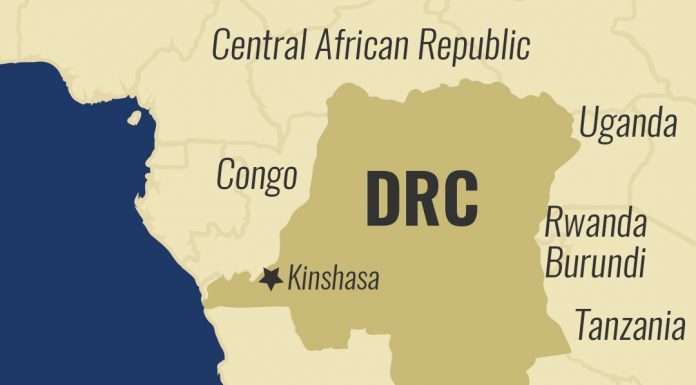
W.H.O. : Sleeping sickness no longer a ‘public health problem’ in Togo
The West African nation of Togo has eliminated human African trypanosomiasis or “sleeping sickness” as a public health problem, becoming the first in the continent to achieve the milestone, the UN World Health Organization (WHO) has said.
“Togo is a pathfinder in eliminating sleeping sickness, a disease which has threatened millions of Africans,” Dr. Matshidiso Moeti, WHO Regional Director for Africa, said.
“I congratulate the Government and people of Togo for showing the way. I am sure the country’s efforts will inspire others to push towards a final eradication of sleeping sickness,” she added.
Sleeping sickness is only found in 36 countries in sub-Saharan Africa, in areas where health systems are often weak. The people most exposed to the tsetse fly and to the disease live in rural areas and depend on agriculture, fishing, animal husbandry or hunting. It is caused by protozoan parasites (single-celled microorganisms) belonging to the genus Trypanosoma. The parasites are transmitted by infected tsetse flies and if untreated the disease is almost always fatal.
Togo’s achievement comes after more than two decades of sustained political commitment, surveillance and screening of cases, according to the UN health agency.
Beginning in 2000, the country’s public health officials implemented control measures. In 2011, Togo established surveillance sites at hospitals in the cities of Mango and Tchamba, which cover the main areas at risk of the disease. Public health officials have since maintained heightened disease surveillance in endemic and at-risk areas.
Togo first applied for certification of elimination of sleeping sickness in 2018 and a team of WHO experts studied the data, made recommendations and requested a revision by the country before giving their approval.
National efforts were supported by WHO-led global collaboration that facilitated the donation of medicines and resources from pharmaceutical companies, helped strengthen local capacity and ensured the sustained availability of tools required to control the disease.




